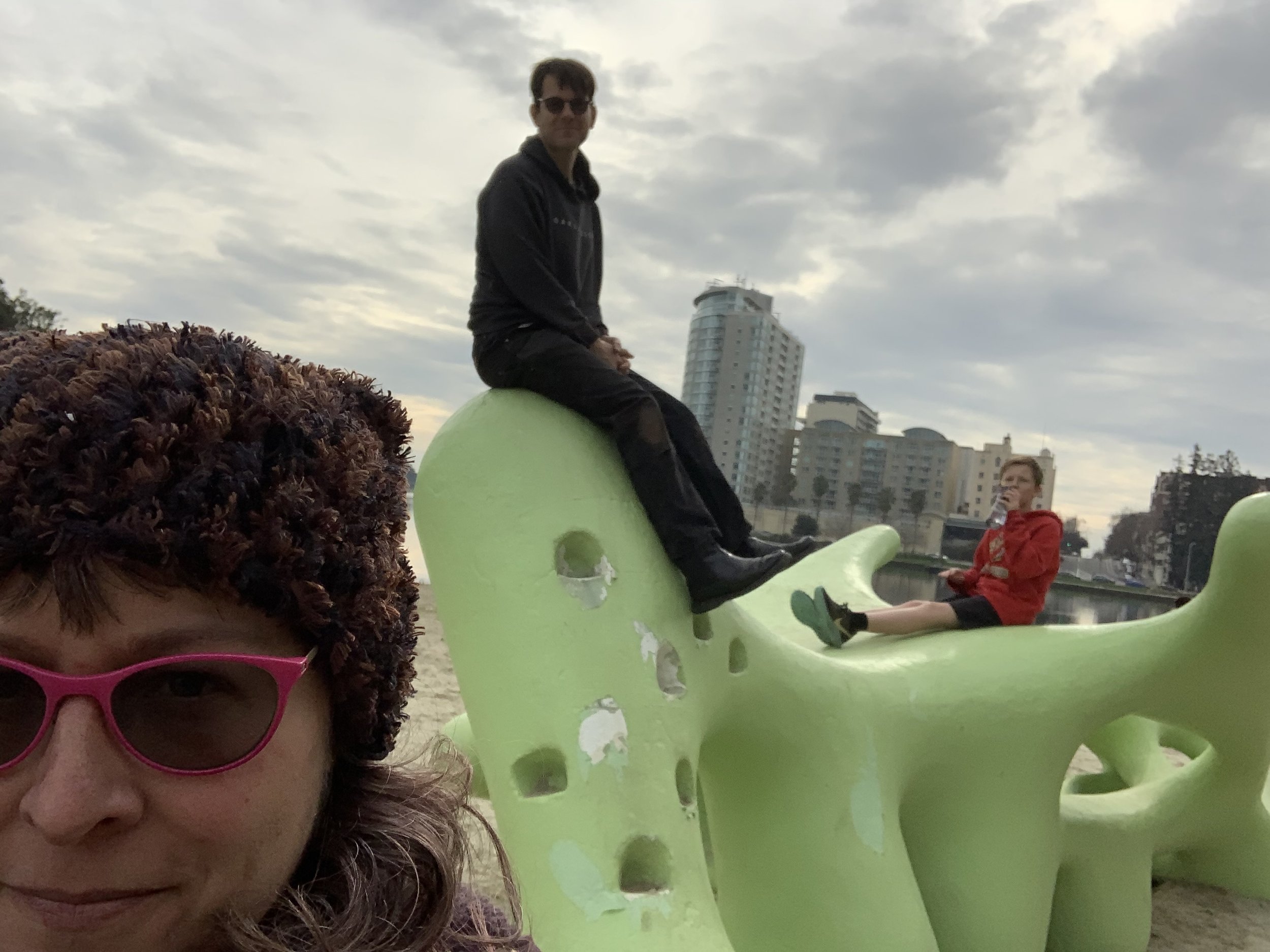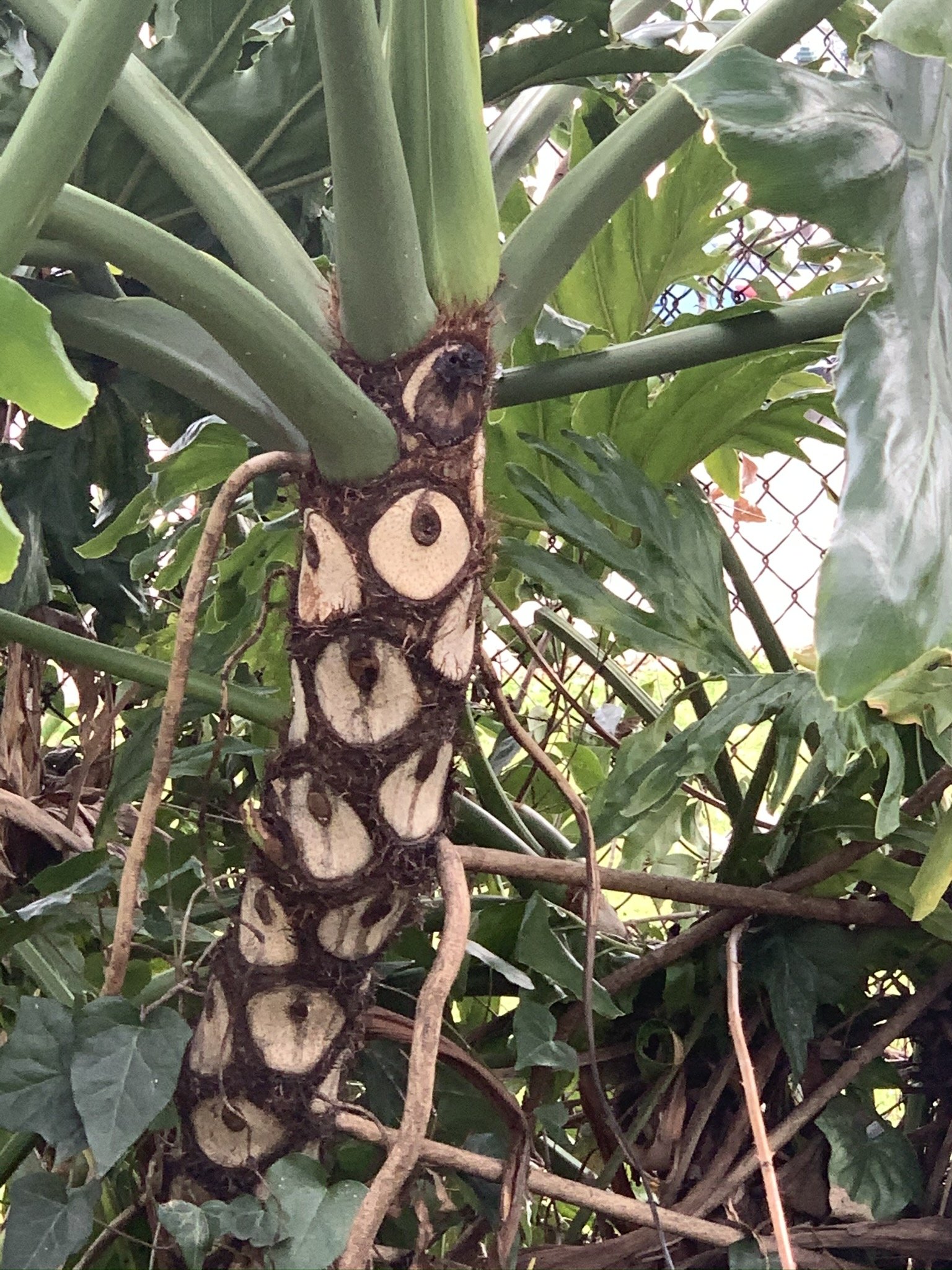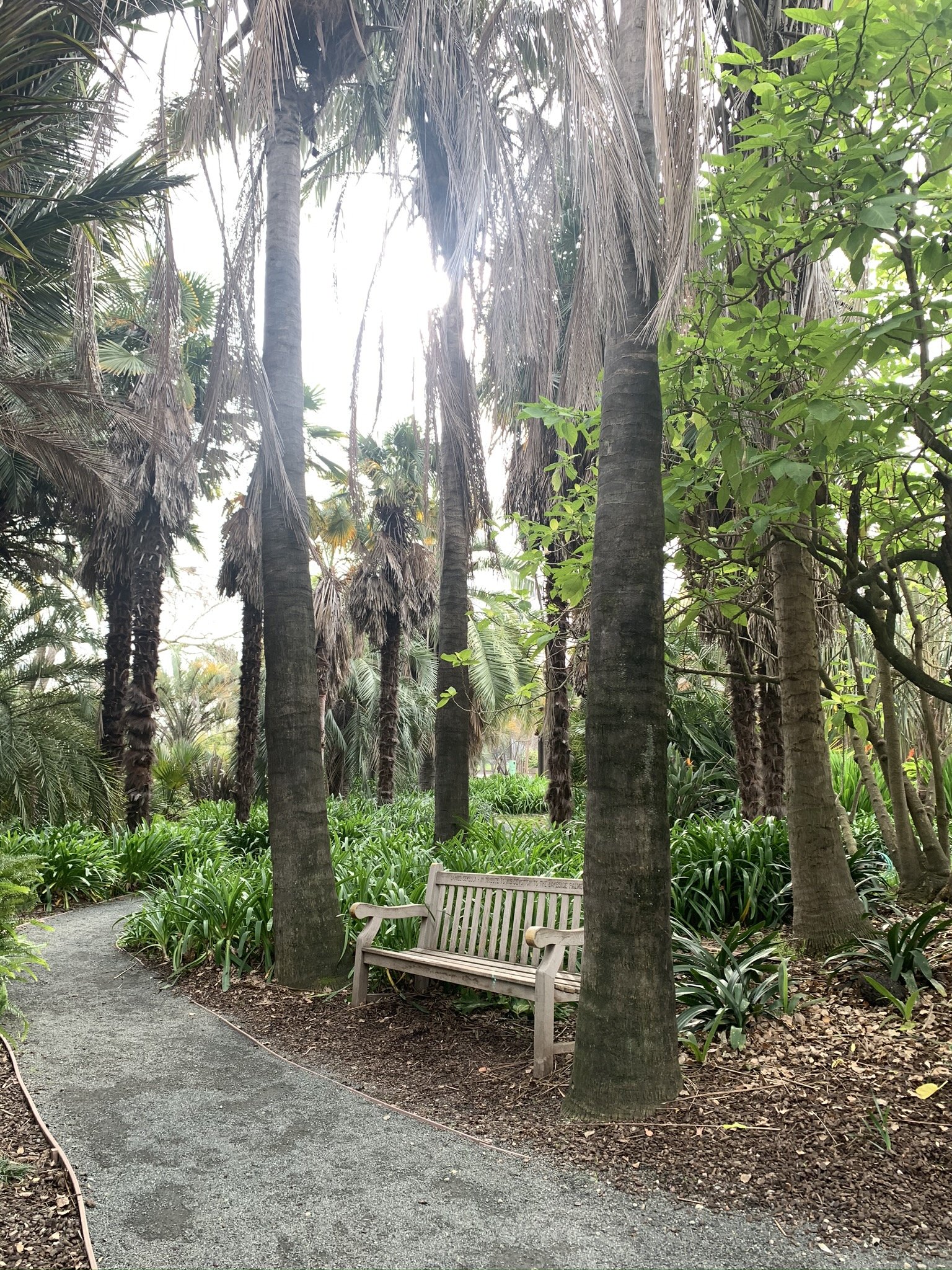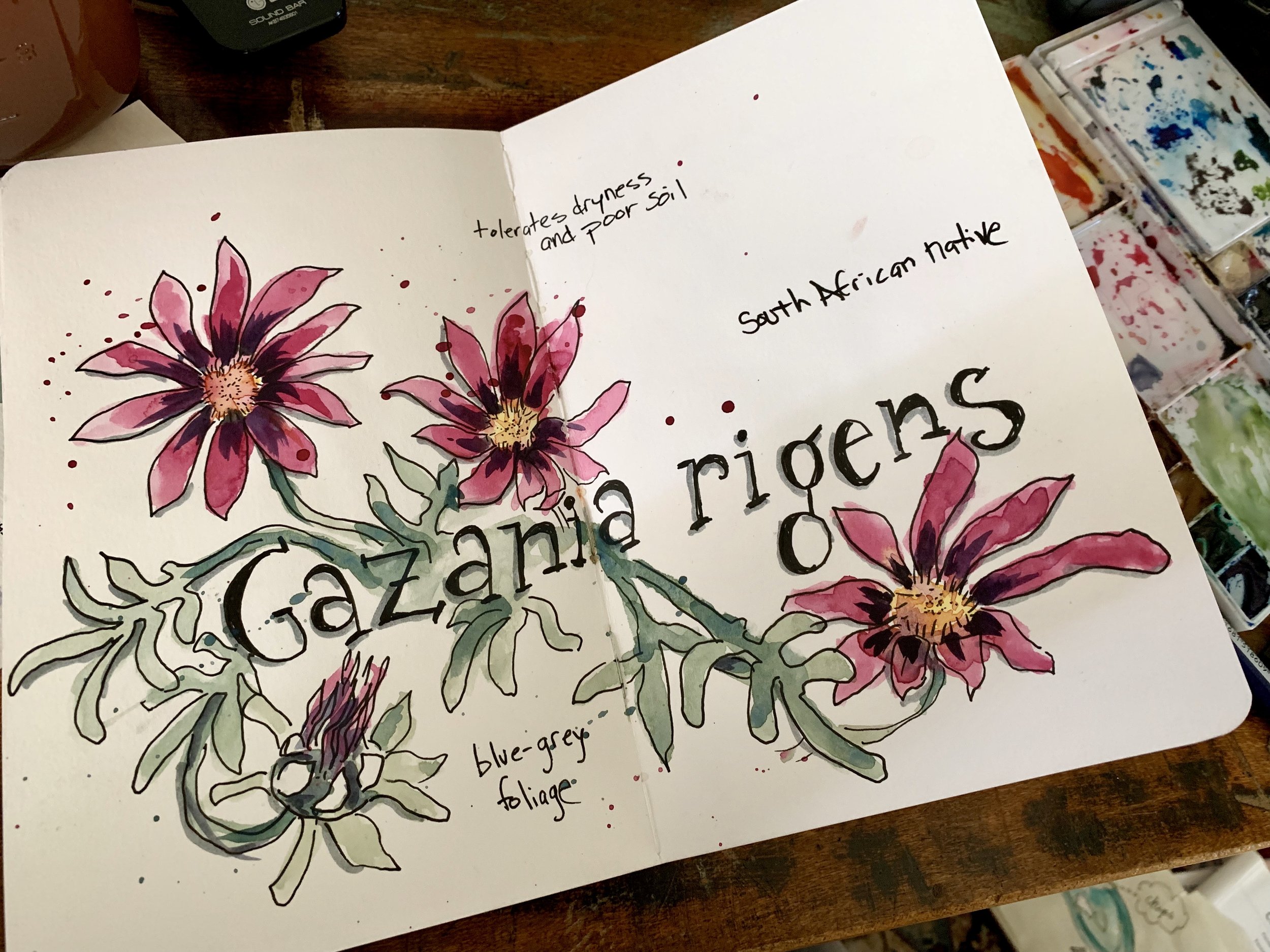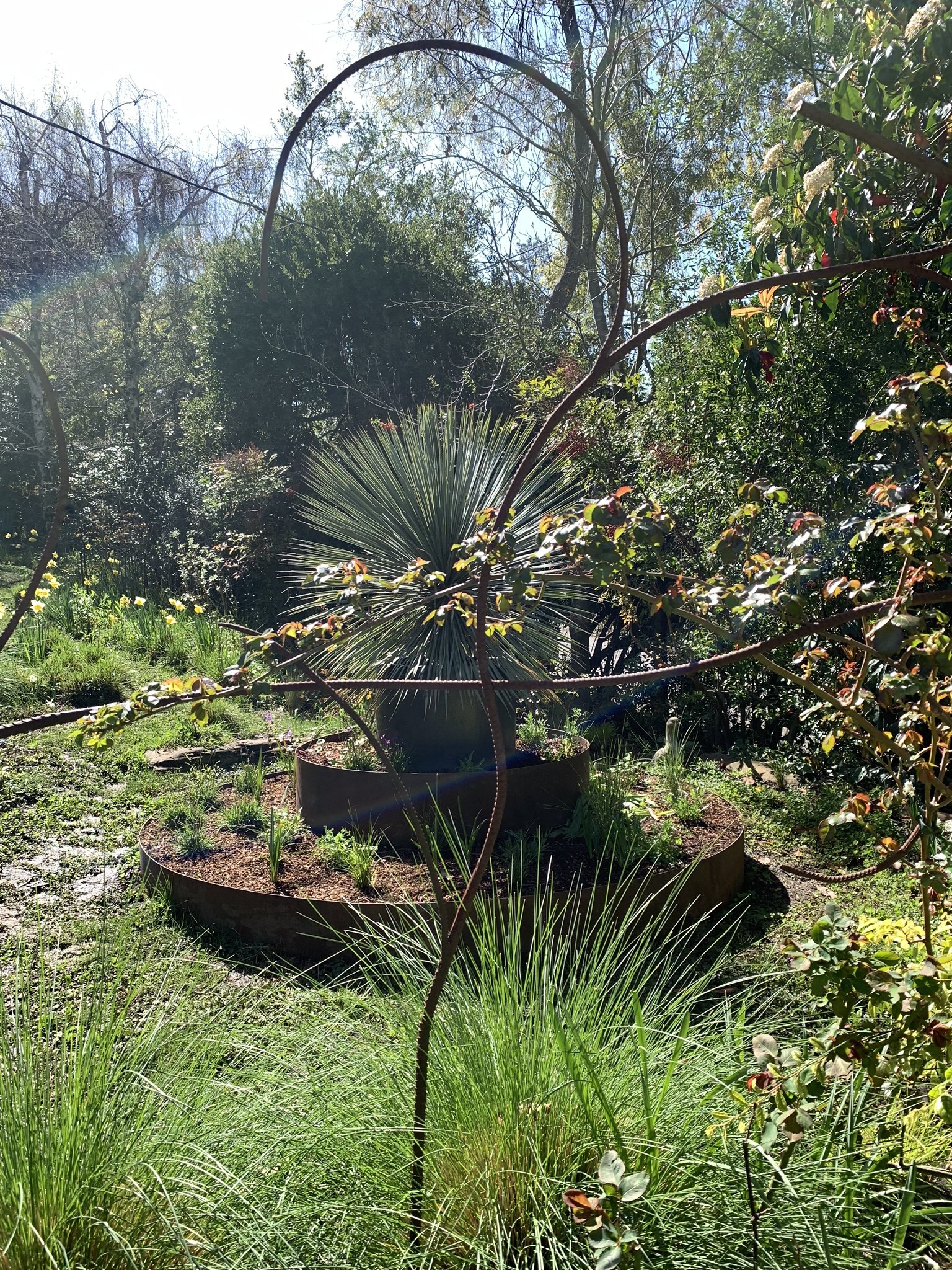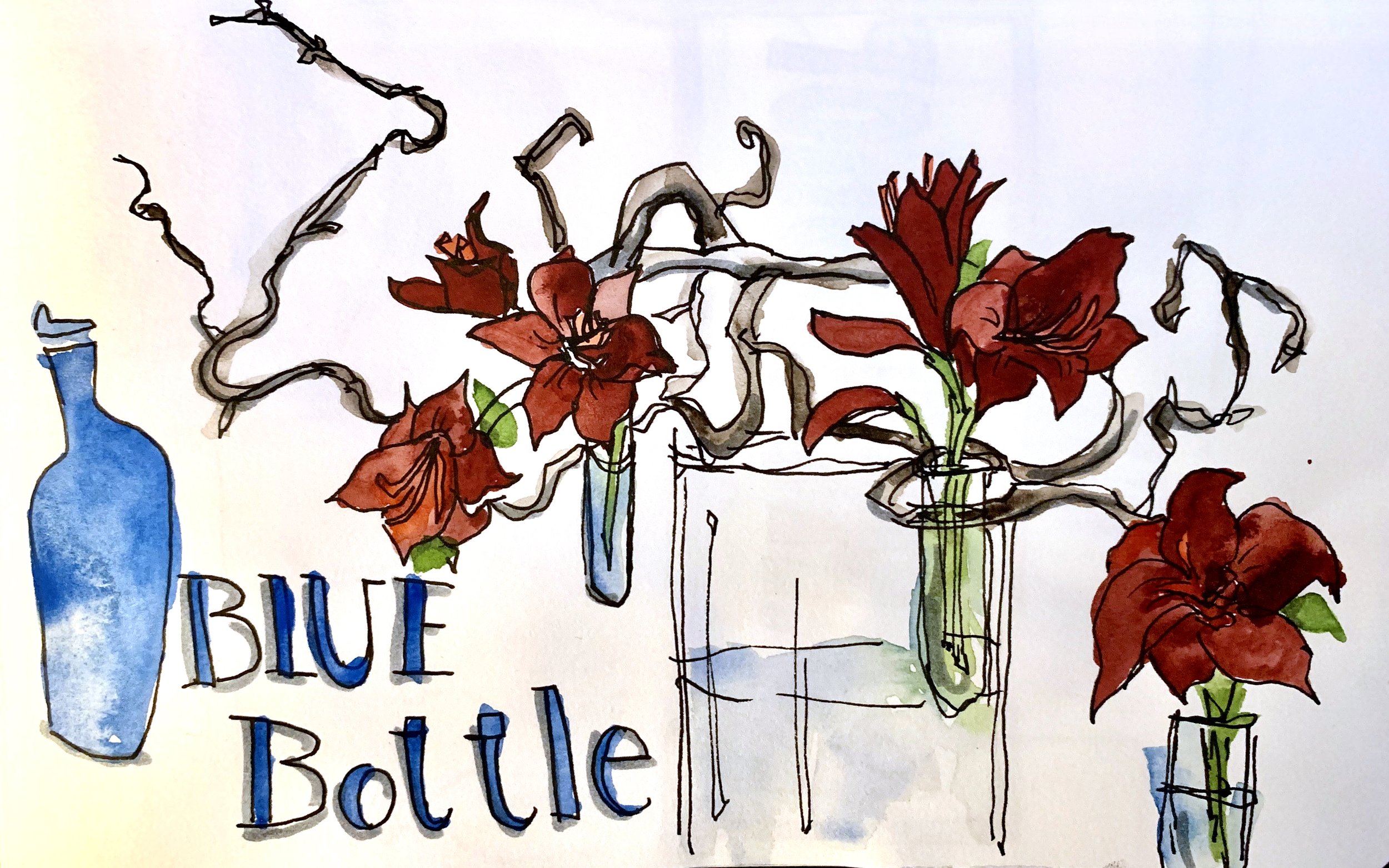It's a cold and damp here in Oakland. We went for brunch and then took a walk over by Lake Merritt, where we played on the Mid-Century Monster and explored the Mediterranean Garden.
The Mid-Century Monster, recently renovated and repainted green, everyone loves playing on this sculpture and it's so nice to see if back up and accessible. It was originally created for the 1952 California Spring Garden Show. I need to look up pictures of that to see how it was displayed.
I'm such a fan of the Lake Merritt Gardens and have been bringing Jack here since riiiiight before he was born. Here is my TMI story... A month before Jack's due date, and just two days after starting my maternity leave, my water broke unexpectedly. I was freaking out, and the doctor advised me to wait before coming in for some reason! To calm me down, we took a walk at Lake Merritt. I vividly remember wearing a muumuu and Crocs—quite the sight! No amount of walking around in a nice garden and looking at Canada Geese was going to calm me down though.
We walked around through the Mediterranean Garden and I was just struck by all the texture and patterns during this walk-through. Once again reminding me of one of my favorite landscape books From Art to Landscape by W. Gary Smith. That book is one of the things that firs got me thinking about the use of these forms and pattern in actual landscape design. When I was in school for Computer Animation creating textures from photographs was one of my favorite parts of modeling
There are a number of patterns found in nature. Types include repetition, symmetry, drift, serpentine, spiral, branching, radial, and fractals.
Of course many of these are used in any kind of design work.
I like this example of serpentine and repetition. The tall upright palms are repeated all along the serpentine path, both drawing the key farther and farther into the landscape.

